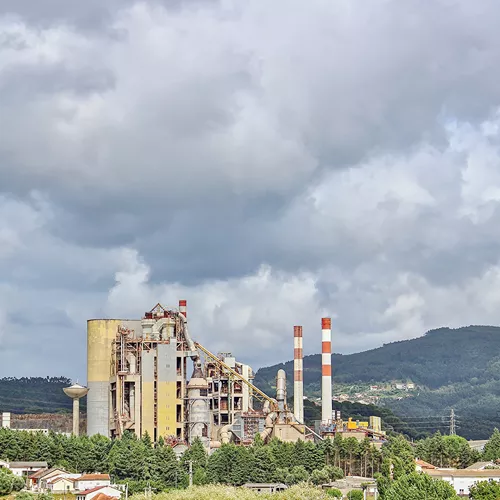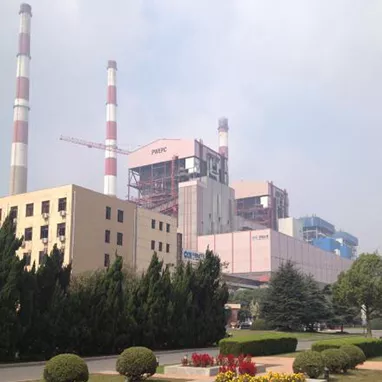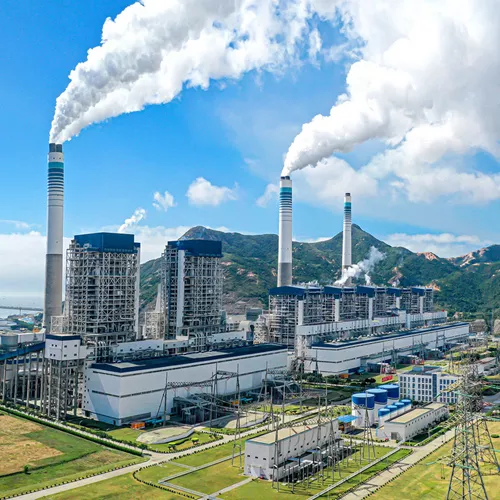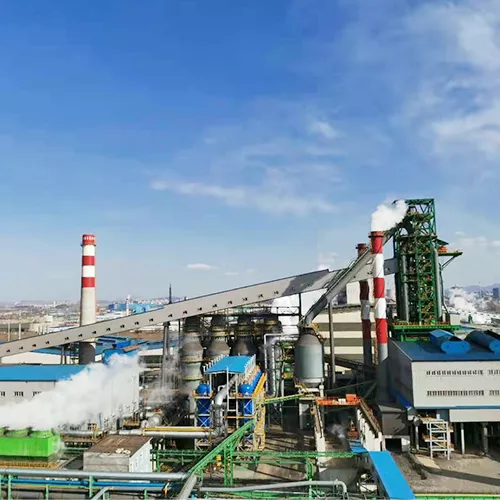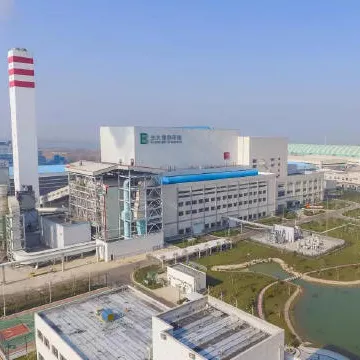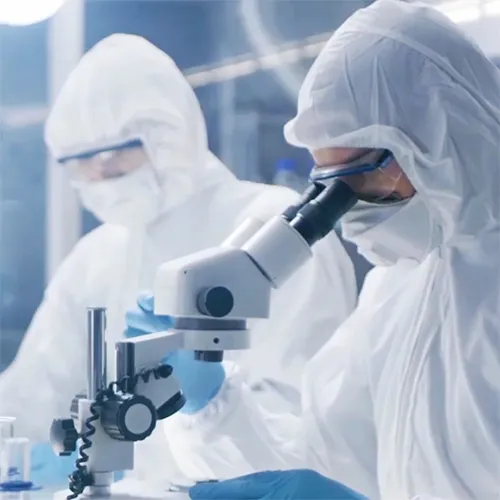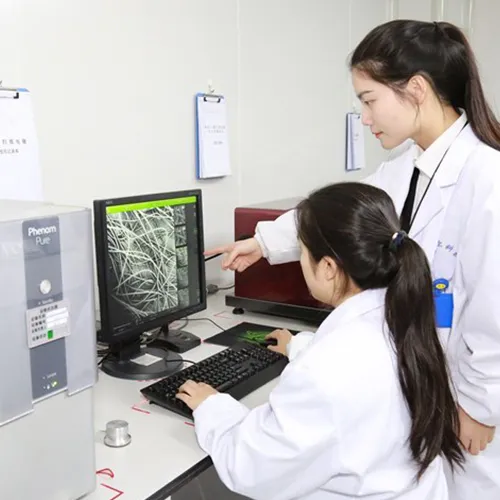La criticité des catalyseurs de dénitrification : le moteur principal de la fabrication verte
Denitrification catalysts play a vital role in modern industrial production, especially in the control of nitrogen oxide (NOx) emissions. The following is a specific analysis of the criticality of denitrification catalysts and their role as the core booster of green manufacturing:
Effective removal of nitrogen oxides: Denitrification catalysts react nitrogen oxides in exhaust gas with reducing agents (such as ammonia or urea) through selective catalytic reduction (SCR) technology to convert them into harmless nitrogen and water vapor. This process significantly reduces the emission concentration of nitrogen oxides, thereby reducing pollution to the atmospheric environment.
Energy saving and consumption reduction: Compared with traditional high-temperature treatment methods, denitrification catalysts can achieve efficient denitrification effects at lower temperatures, reducing energy consumption and operating costs. For enterprises, this not only means improved economic benefits, but also meets the environmental protection requirements of energy conservation and emission reduction.
Wide applicability: Denitrification catalyst technology is highly adaptable and flexible, and the appropriate catalyst type can be selected according to the characteristics of exhaust gas in different industries. Whether it is the power, steel, cement or chemical industry, you can find a suitable denitrification catalyst solution to meet the emission needs of various industries.
Assist in the implementation of environmental protection policies: With the promotion of the national “dual carbon” strategy and green development policies, enterprises are shouldering more and more environmental protection responsibilities. The widespread application of denitrification catalysts is one of the important means to achieve these environmental protection policies, helping enterprises to improve their green image and enhance their market competitiveness.
Technological innovation and future development: The denitrification catalyst industry is facing a development trend driven by technological innovation. In the future, developing more efficient catalyst formulas and improving the catalyst’s resistance to sulfur poisoning and service life will become important research directions. At the same time, the application of intelligent manufacturing technology will further improve the production efficiency and product quality of catalyseurs de dénitrification.
Denitrification catalysts play a vital role in industrial emission control. They can not only efficiently remove nitrogen oxides and reduce environmental pollution, but also help enterprises save energy and reduce consumption, reduce operating costs, and are suitable for emission needs in a variety of industries. As a key environmental protection technology, the role of the application of denitrification catalysts in promoting green development and helping the implementation of environmental protection policies cannot be ignored.






